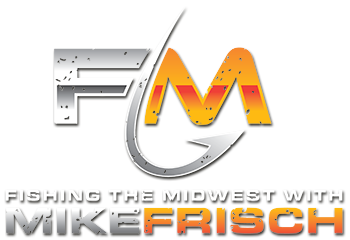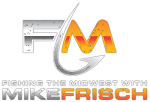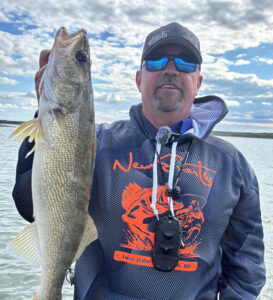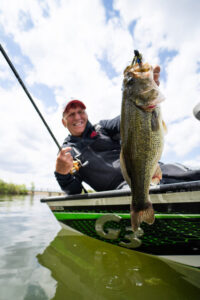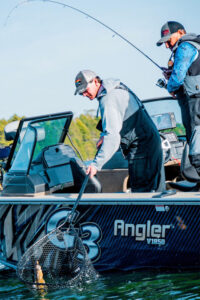By Mike Frisch
Late summer is one of my best times for bass fishing because one of my all-time favorite fishing patterns is usually going strong now. The pattern involves pursuing largemouth bass holding in heavy weed cover; cover that is usually found on large flats.
Vegetation is common in many Midwestern lakes and often that vegetation grows on flats. A weedy flat might be one where the water (and weeds) gradually taper from say 7 to 15 feet, before quickly dropping off into deeper depths. These flats might be shoreline related or they may be part of large offshore islands.
Finding the right flats (those with the best weed growth) may require some sonar scanning. I have found that the SideScan feature on my HDS Pro sonar unit works great for cruising along the drop-off edges of flats and “looking” up on the flat for weeds, especially heavy, dense weed cover.
I mark heavy weeds with icons on my GPS and then come back and start fishing them. Often, I can identify patterns that shorten my search for bass. For example, often the heaviest clumps of weeds might be in specific water depths, maybe 8 to 10 feet, for example.
Once my fishing area is identified, I begin by making short pitches or “drops” with a jig and plastic combination. I use a ½ ounce Hack Attack Fluorocarbon Flippin’ Jig and Rage Craw and pitch the duo out ahead of the boat as I slowly move along under the power of my bowmount trolling motor. As I go, I continually monitor my sonar for dense weeds or any irregularity in the weed growth (maybe an open pocket or a hard bottom spot) as those irregularities are potential “spot on the spot” bass holding areas. When a fish does bite, I try to pinpoint the exact spot the bite came from because sometimes several fish will come by making the same drop as the first bite came on. The Fluoro Jig and Rage Craw are favorites because the jig is extremely weedless and the craw causes lots of turbulence to attract and trigger bass into biting.
This is heavy cover, “combat” fishing requiring heavy baitcasting gear. I use a 7’6” pitching stick, preferably the Greg Hackney model in the Team Lew’s Signature series. This rod has a bit of a lighter, sensitive tip that helps me identify bites, but quickly tapers into a powerful backbone that is necessary for fighting big bass and pulling them from dense weeds before they get a chance to bury in the cover.
I use a Team Lew’s Pro SP reel which is designed for this style fishing. It’s got a shallow spool so I don’t need to spool much line (lots of line isn’t necessary when making short pitches), is super smooth, and the reel fits perfectly in my hand. I spool with 20-pound CONTRA fluorocarbon line which is strong and abrasion resistant which, again, helps me horse big bass from heavy cover.
If horsing big bass from heavy cover sounds fun to you, consider heading to your favorite bass lake and seeking out vegetated flats. Once there, odds are good you’ll find bass and quite possibly some of the biggest the lake holds!
As always, remember to include a youngster in your next outdoors adventure!
Mike Frisch hosts the popular Fishing the Midwest TV series on the Sportsman Channel and several other networks as well. Visit www.fishingthemidwest.com to see all things Fishing the Midwest.
